Part of creating your research question involves understanding what librarians call your "Information need." What type(s) of information will help you answer your research question? And what information is available to researchers?
need." What type(s) of information will help you answer your research question? And what information is available to researchers?
Information can be categorized many ways. For example, sources of information can be primary, secondary, or tertiary. Information can be published for a scholarly, popular or trade/professional audience. Information can be raw data that needs to be analyzed or it can be statistics that tell a story.
The information in Step 3 of this guide will help you find information. The information in Step 4 will help you read what you find strategically end evaluate it for credibility.
Check out this short (2:10) video from Jennifer Lee at U. Calgary for an overview of review and research articles.
Empirical research articles are based on an experiment or study. The authors will report the purpose of the study, the research methodology, and results. This is a familiar structure for original research articles > IMRAD: introduction, methods, results, and discussion.
Also called:
Note:
In describing the purpose of their study, authors will present a mini literature review to discuss how previous research has led up to their original research project.
Review articles summarize or synthesize content from earlier published research and are useful for surveying the literature on a specific research area. Review articles can lead you to original research articles.
Often you will be asked to include peer-reviewed literature in your writing. Fortunately, many databases include a Scholarly/Peer-Reviewed/Academic Journal limiter to help you determine is an article is indeed peer reviewed.
Profiles nearly a quarter of a million consumer and trade magazines, academic and scholarly publications, monographic series, newsletters, newspapers, electronic publications, 'zines, and many other types of serial publications on all subjects.

Copyright @ The Regents of the University of California. All rights reserved.
